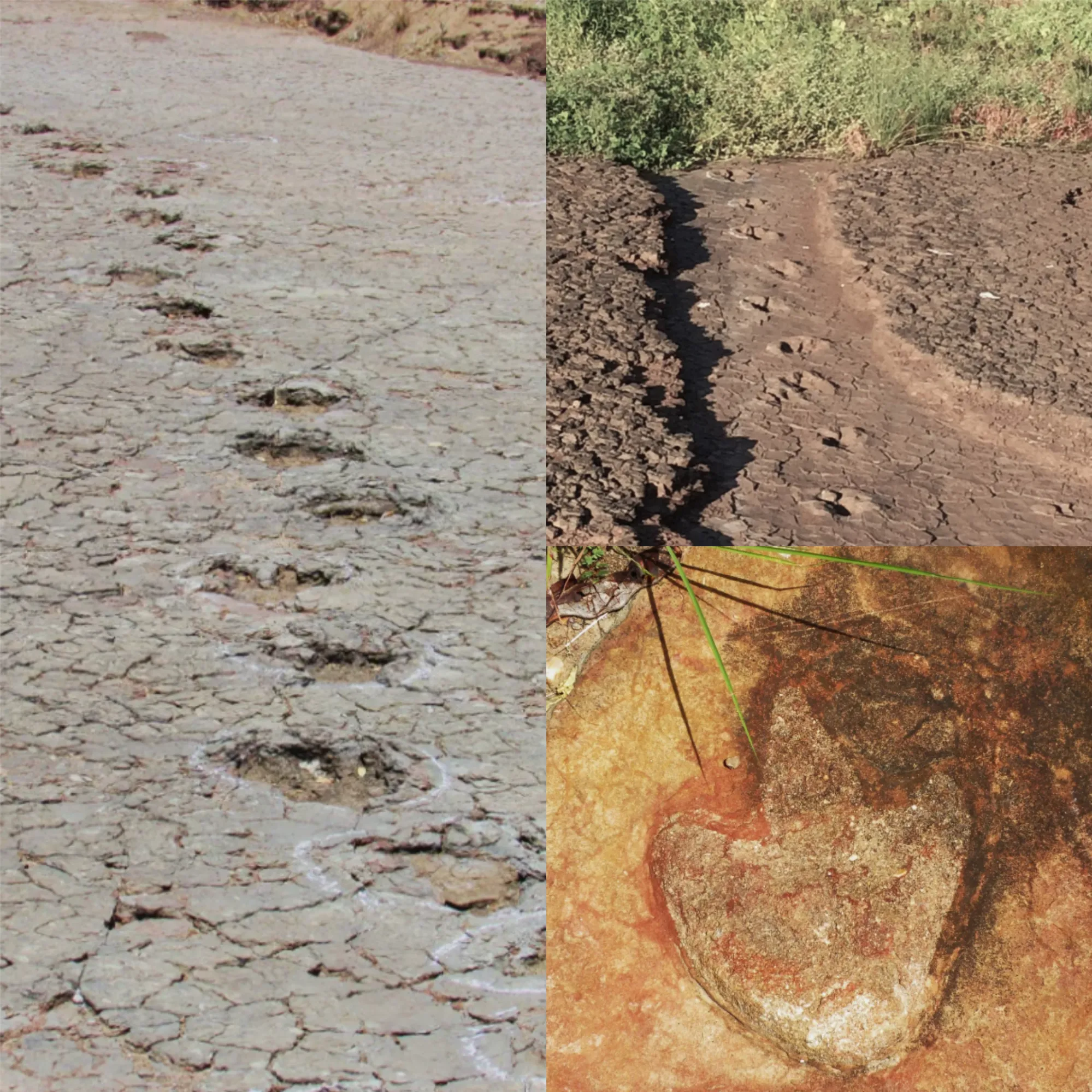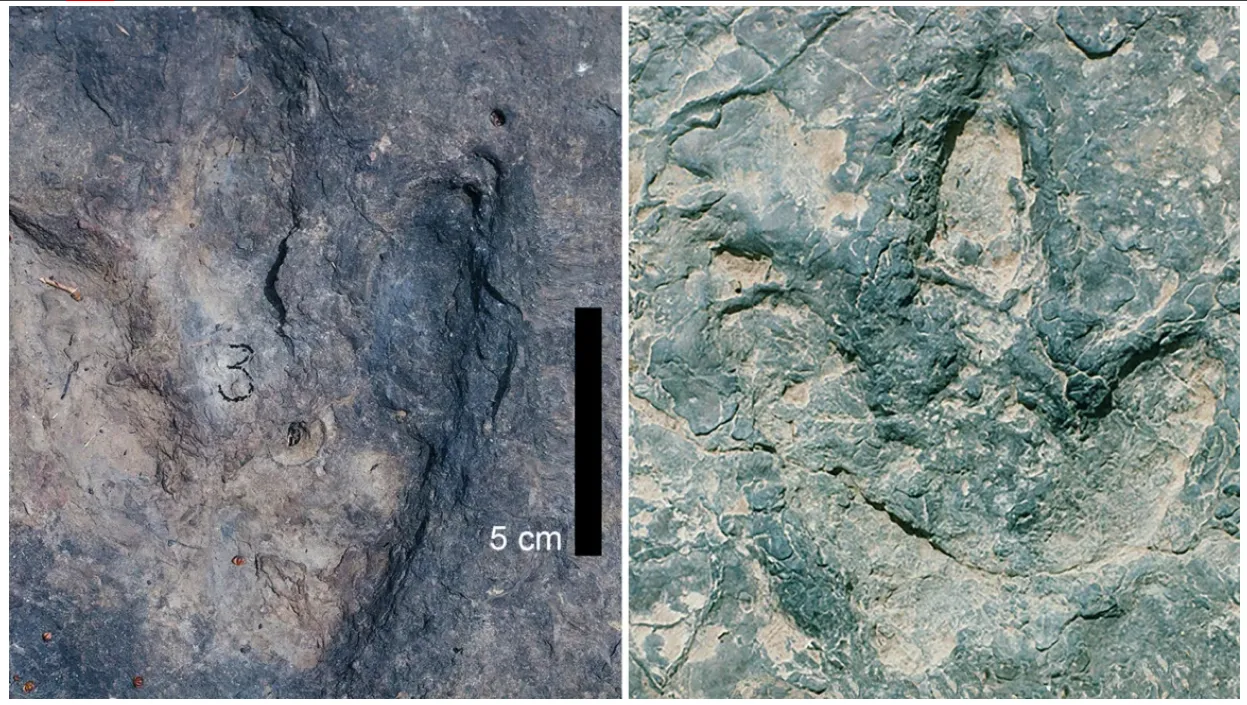
Discoveries Reveal Ancient Dinosaur Highway Across the Atlantic
Recent discoveries have unveiled a fascinating prehistoric connection between Africa and South America, highlighting a potential “dinosaur highway” that existed 120 million years ago. This groundbreaking research provides insight into how dinosaurs may have traveled across the Atlantic Ocean before the continents drifted apart.

Matching Dinosaur Footprints Across Continents
Paleontologists have unearthed over 260 dinosaur footprints from the Early Cretaceous Period, located in Brazil and Cameroon—two regions that are now separated by more than 3,700 miles (6,000 kilometers) of ocean. These footprints, discovered on opposite sides of the Atlantic, exhibit striking similarities in age, shape, and geological context, indicating that the continents were once connected.
According to Louis L. Jacobs, a paleontologist from Southern Methodist University and lead author of the study, the footprints predominantly belong to three-toed theropod dinosaurs. A few tracks were likely made by larger, four-legged sauropods or ornithischians. This evidence paints a picture of a lush environment where dinosaurs roamed freely.
A Glimpse Into Ancient Supercontinents
The footprints were preserved in ancient river and lake sediments from the supercontinent Gondwana, which had previously split from Pangea. Jacobs explains that the narrow land connection between northeastern Brazil and the coast of Cameroon allowed dinosaurs to traverse the region. As the continents began to separate about 140 million years ago, new oceanic crust formed, eventually creating the South Atlantic Ocean and isolating the continents.
During this separation, Earth’s surface underwent significant changes. Rivers and lakes formed basins as the landmasses pulled apart, creating ideal habitats for dinosaurs. Jacobs and his team identified similar basins in northeast Brazil and northern Cameroon, which provided rich environments for dinosaur life.

Understanding Dinosaur Behavior Through Footprints
While fossilized bones reveal much about dinosaur species, footprints offer a unique window into their behavior. Unlike bones, tracks provide evidence of how dinosaurs moved, what environments they traversed, and how they interacted with their surroundings. Jacobs highlights that footprints can reveal the behavior of dinosaurs, such as their walking patterns and the type of terrain they preferred.
The Evolutionary Impact of Continental Drift
The study also underscores the impact of continental drift on dinosaur evolution. As continents separated, dinosaurs from Africa and South America mixed, leading to changes in genetic diversity and evolutionary trajectories. This migration likely influenced the evolutionary paths of various dinosaur species, contributing to the rich tapestry of prehistoric life.
Continuing the Legacy of Dinosaur Research
The dinosaur tracks in Cameroon were initially discovered in the late 1980s. Jacobs, who first reported on them in 1986, collaborated with Ismar de Souza Carvalho, a researcher from Brazil, to analyze these ancient tracks. The latest study, published in honor of paleontologist Martin Lockley, integrates new geological and paleontological evidence to refine our understanding of prehistoric continental connections.
In summary, these remarkable findings highlight a time when dinosaurs could traverse what is now the Atlantic Ocean, offering a glimpse into a world where continents were intricately connected, and prehistoric life thrived across vast distances.






